Jewelry dealer Lee Siegelson explains how uncovering a piece’s history adds another layer to its authenticity and appeal.
What value does provenance add?
Provenance adds a richness to the history of the piece. Museums value provenance because it enables them to tell a multifaceted story and connect with audiences. Some private collectors who want to wear their jewelry are most interested in the look and feel, but others who value the way a great piece connects to history appreciate the information about provenance.
What is “enough” to establish the authenticity of a jewel’s history?
A letter from the family, visual evidence in a period publication, or details found in a company archive are the best sources. An auction record can also be acceptable, although it is less satisfying because the seller may be obscured. When I sold the Claudette Colbert Starfish brooch to the Museum of Fine Arts, Boston, we supplied them with detailed provenance records of all four of the Boivin starfish made in the late 1930s to demonstrate without a doubt that this brooch was the first one made and that it was owned by Colbert. This was essential to the museum’s purchase.
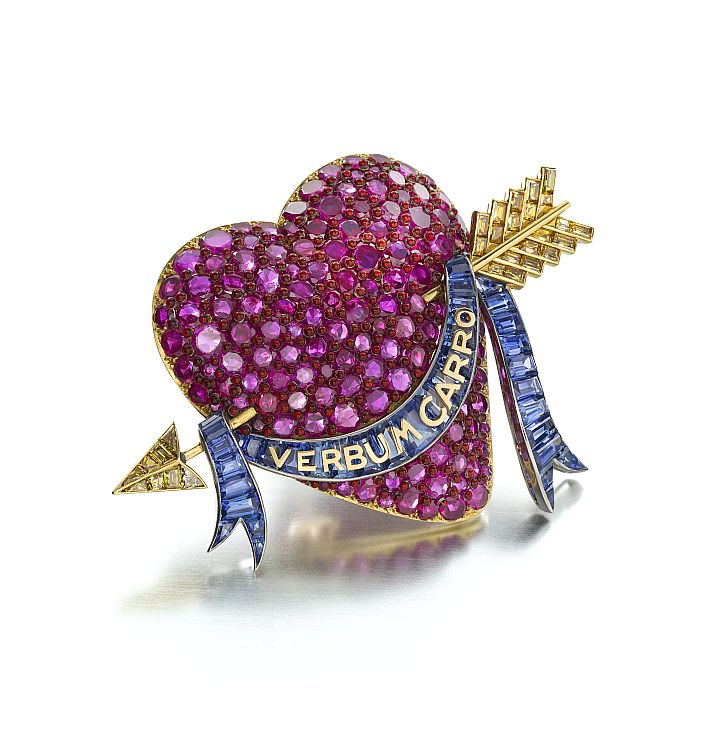
What are some of the provenance sources that you have found?
It is always preferable to purchase a piece directly from the family and to have a letter detailing the provenance. For the Millicent Rogers Heart [brooch] by Paul Flato and Starfish by Boivin, I was lucky to work directly with the family. We also researched old fashion magazines, finding pictures in Vogue and Harper’s Bazaar. This told an important visual story about how [fashion icon] Millicent Rogers valued these jewels and how stylishly she wore them. It takes a lot of time to find these mentions, but it is worth it to tell the proper history of the jewels.
When I purchased the Baron de Rothschild necklace by Cartier, it was whispered to me that it might have been owned by the prominent family. I worked with a jewelry historian who found an article and a detailed drawing in Vogue that helped us to connect the provenance dots.
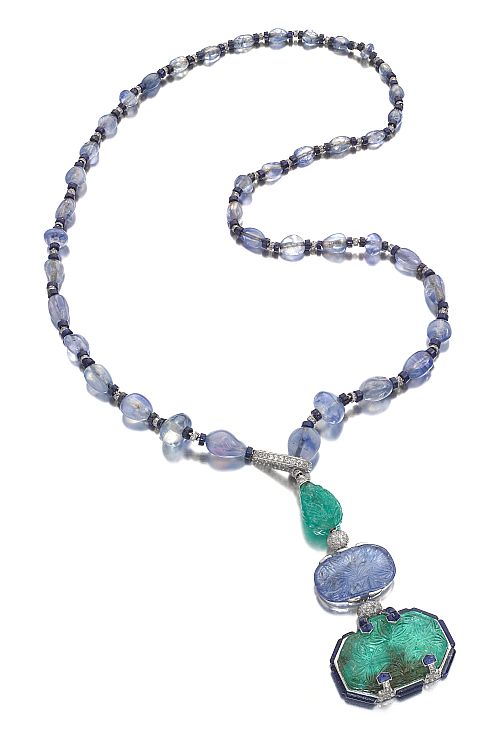
Are there any examples of provenance that should raise a red flag?
In the Art Deco period, there were many stories of “royal jewels,” particularly strands of pearls that had belonged to Catherine the Great or another famous monarch. [However,] the lore that was handed down about these jewels was often embellished or not verifiable. Family lore is not a reliable source of provenance. We work very hard to provide concrete details and pictures.
What types of provenance are most prized by buyers?
Original packaging is wonderful to have, but it is not an indicator of provenance, generally. It is important to have details — a glamorous photograph of Millicent Rogers wearing her jewelry, or the mention of the de Rothschild necklace in the book Cartier by Hans Nadelhoffer.
The Rehan brooch, now at the Newark Museum, is fascinating because a letter was found at Harvard between Herman Marcus, the maker, and a woman named Catharine Whitin, who commissioned the brooch as a gift for actress Ada Rehan. Whitin also commissioned a John Singer Sargent portrait of Rehan that’s at the Metropolitan Museum of Art. She was the wife of a mill owner in the Blackstone Valley in Massachusetts, the heart of the American Industrial Revolution. The discovery of that letter allows the museum to tell an interesting story. We also found a drawing of Rehan wearing the brooch, and that was an additional important piece to provide the museum.
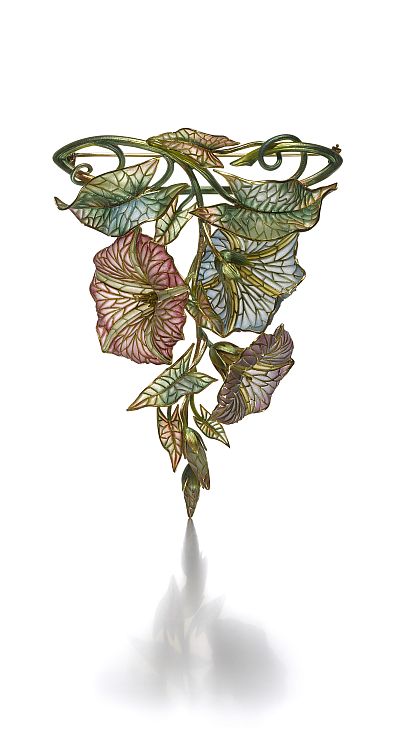
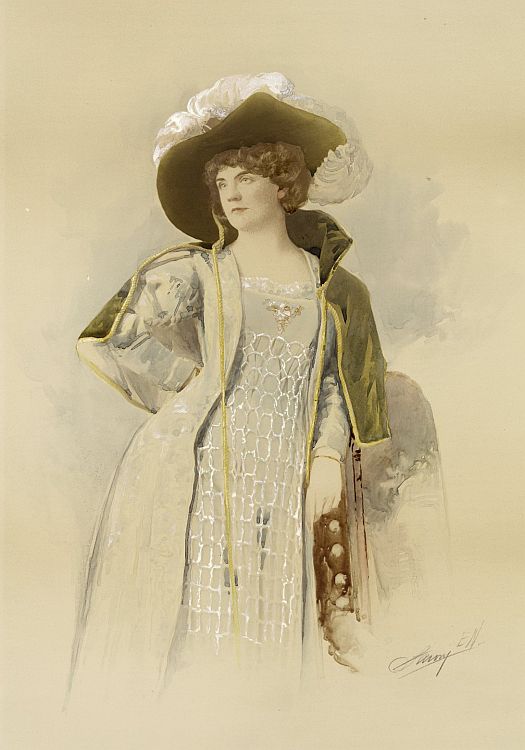
WHO IS LEE SIEGELSON?
Lee Siegelson, owner of Siegelson, New York, is a third-generation jewelry dealer who offers unique and important pieces that bridge the gap between fine art and rare jewelry. He has sold pieces to major museums and private collections around the world.

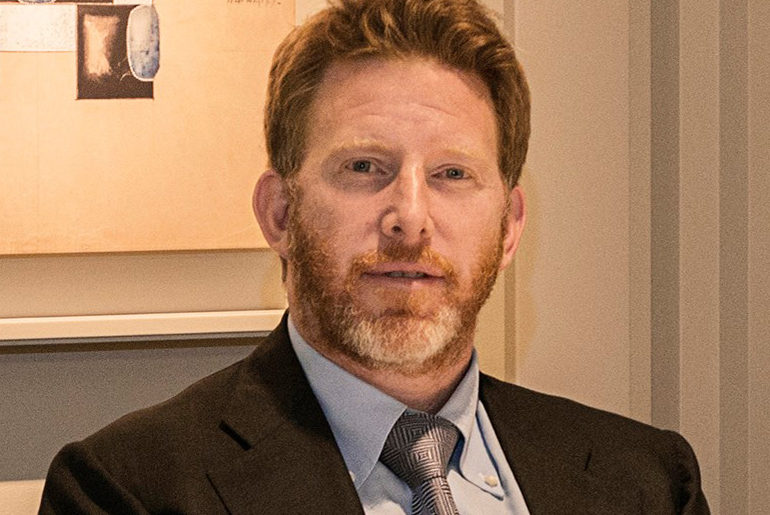
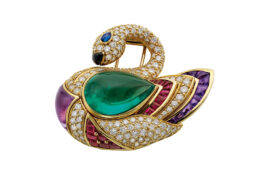
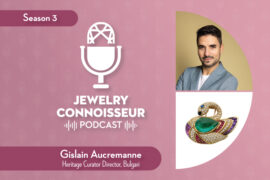
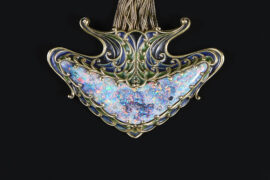
Comments are closed.